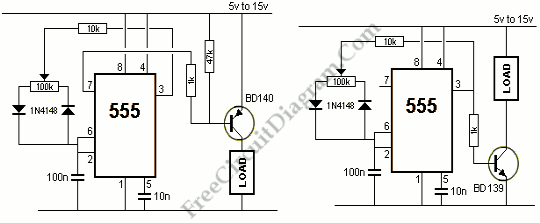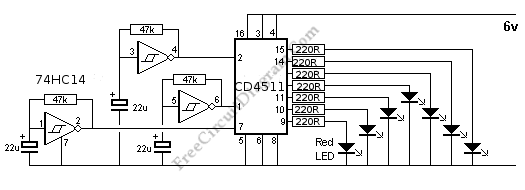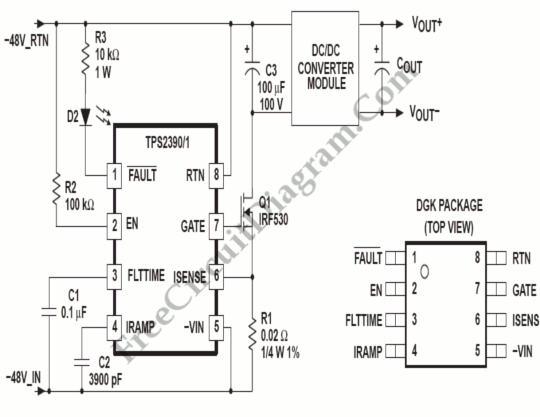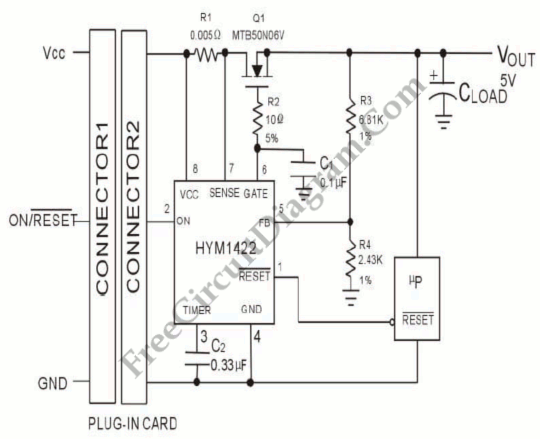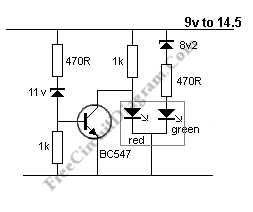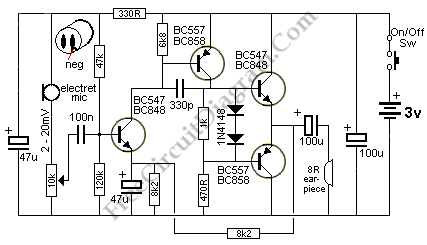White LEDs Mains Night Light

WARNING: Don’t touch the circuit when plugged to the mains supply, this will cause a lethal electrical shock since it’s not isolated from the mains supply. A column of 10 white LEDs is illuminated by this circuit. The flicker is prevented by 10u capacitor and reduced by 100R resistor.
Read more